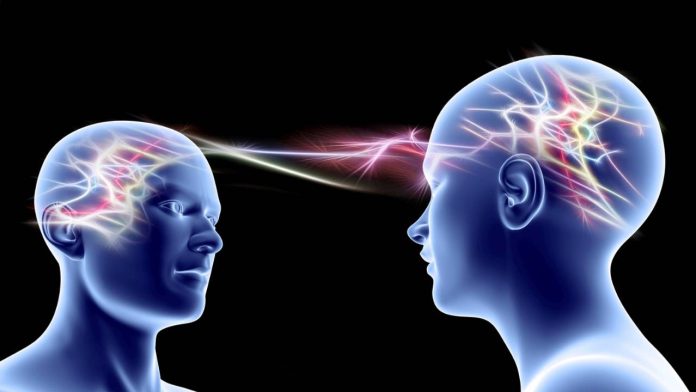Ever flinched watching someone stub their toe? Or felt emotional while seeing a stranger cry? That instant, involuntary response isn’t just compassion—it’s neuroscience. Deep in our brains, a special class of cells called mirror neurons fire up when we observe someone else in action, allowing us to “mirror” their experience without even moving a muscle.
Welcome to the mysterious and powerful world of mirror neurons, where seeing is not just believing—it’s feeling.
What Are Mirror Neurons?
Mirror neurons are brain cells that activate both when you perform an action and when you observe the same action performed by someone else. Discovered in the early 1990s by Italian neuroscientists studying monkeys, these neurons fired whether a monkey grabbed a peanut or watched a human grab one.
Soon, researchers found similar systems in human brains—especially in areas associated with motor control, emotion, and empathy.
How They Work: A Brain’s Internal Simulation Engine
Let’s break it down:
You smile — mirror neurons fire.
You see someone else smile — the same mirror neurons fire in your brain, as if you were smiling.
It’s as if your brain is simulating the experience of the other person, creating an internal model of their behavior or feeling. This internal “copycat” mechanism may be the biological foundation for:
Empathy
Imitation and learning
Understanding intentions
Emotional resonance
Why We Feel Others’ Pain
Have you ever seen someone get hurt and immediately winced in response? That’s your mirror neuron system in action. The brain can simulate pain—not physically, but emotionally—just from observation.
Studies using fMRI scans show that when people observe others experiencing pain, the same brain areas light up as if they were experiencing the pain themselves. That includes the anterior cingulate cortex and insula—regions involved in processing emotional and physical discomfort.
Mirror Neurons and Human Development
These neurons don’t just help us feel—they help us learn. From infancy, children learn by mimicking adult behavior. How?
You guessed it: mirror neurons.
They help babies pick up on facial expressions, language, gestures, and even social cues—laying the groundwork for communication and relationships. In essence, they are brain-based bootstraps for becoming human.
The Empathy-Evolution Connection
Some scientists believe mirror neurons gave humans a huge evolutionary advantage by boosting cooperation, social bonding, and group survival.
Think about it:
Recognizing pain or joy in others allows for deeper social connection.
Copying behaviors helps us learn faster without trial and error.
Predicting others’ actions helps avoid conflict or danger.
Together, these abilities helped early humans form tribes, share skills, and build complex societies.
Controversies and Limits
Despite the excitement, mirror neurons remain controversial. Not everyone agrees on their extent or power. Key debates include:
Do mirror neurons cause empathy, or just correlate with it?
Are they universal across all humans?
Can they explain disorders like autism, where empathy and imitation may be impaired?
While the answers remain unclear, mirror neurons are a crucial piece in the puzzle of human consciousness.
Final Thoughts: The Brain’s Built-In Empathy Machine
Mirror neurons remind us that we’re wired for connection. They dissolve the boundary between “self” and “other,” allowing us to understand and share in the experiences of those around us. Whether it’s catching a yawn, learning a dance move, or crying during a movie—your mirror neurons are quietly bridging the gap between minds.



